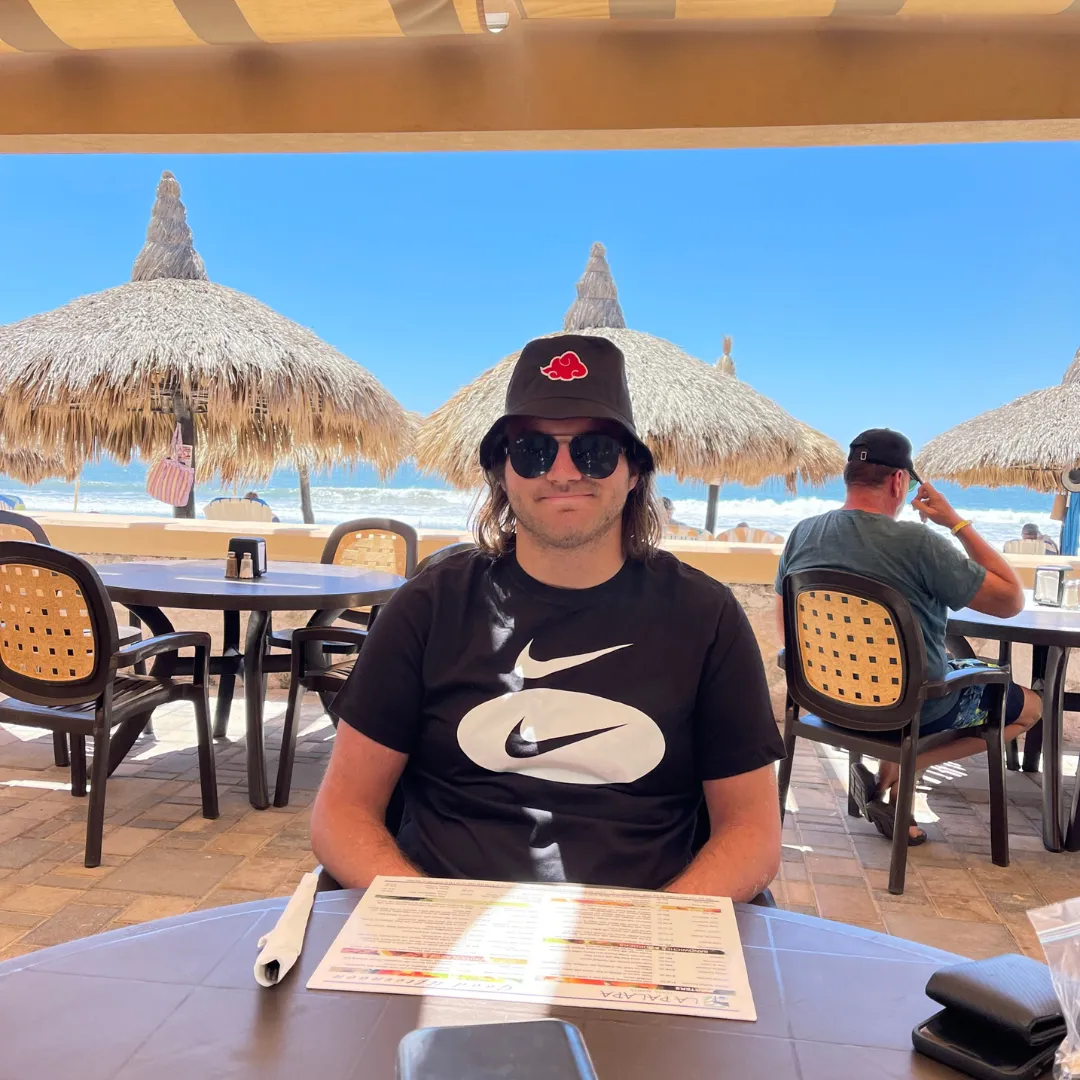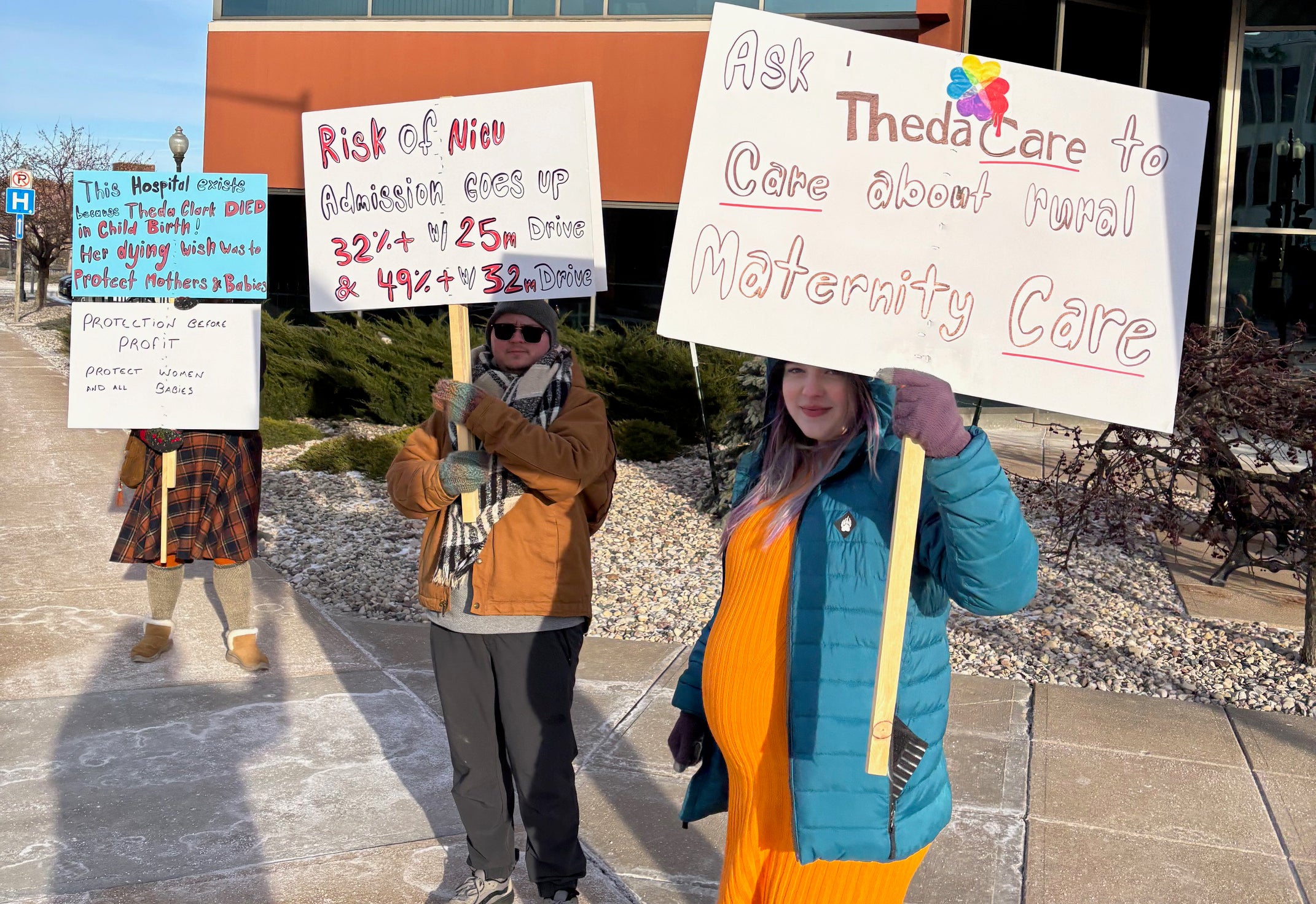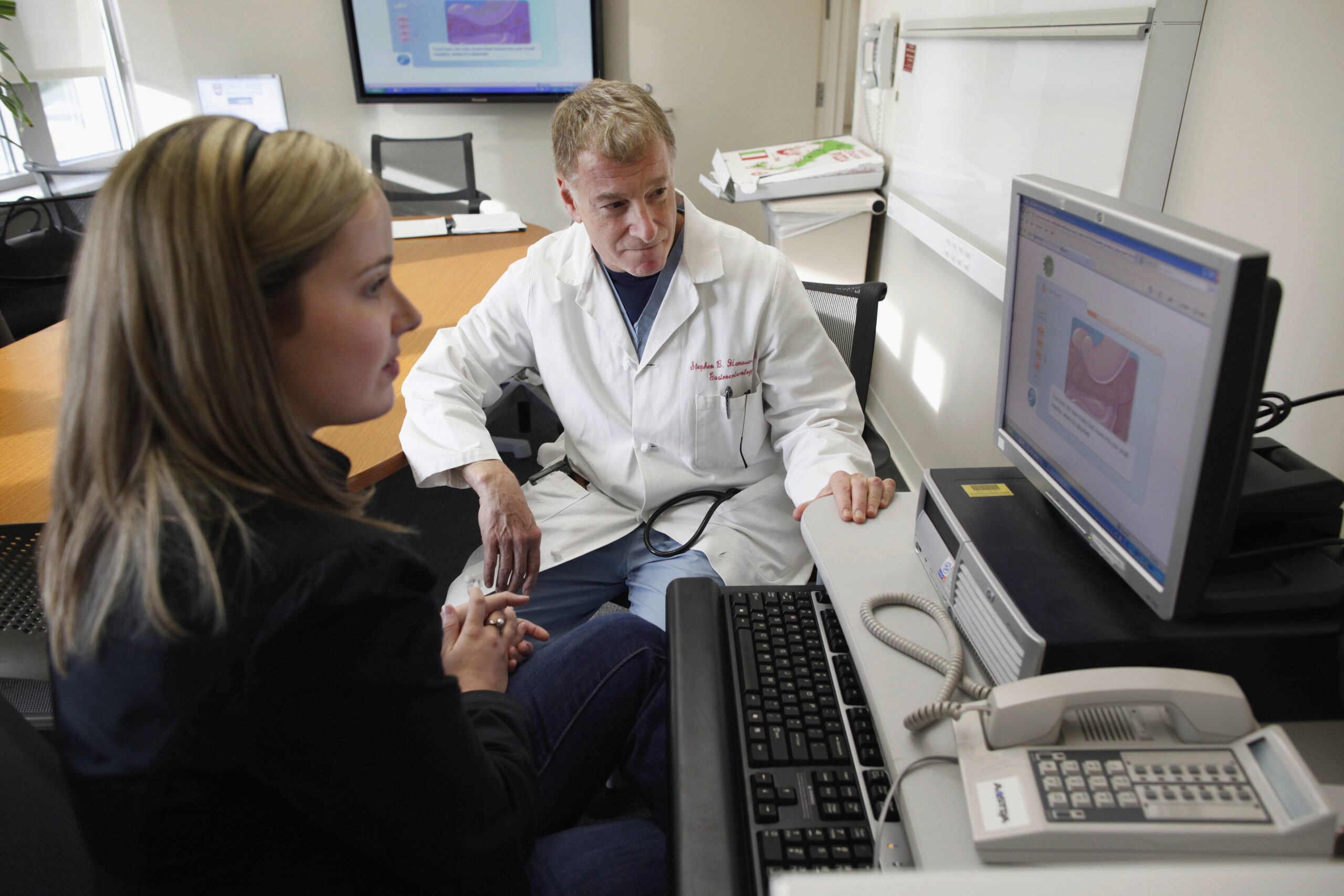ThedaCare Medical Center in Waupaca announced late last year that it intends to close its labor and delivery unit on Feb. 15. Community outcry over the decision has been strong and ongoing, with protesters calling for the board of the hospital to reverse the decision.
If the company does follow through with closing the unit, it will be following a concerning trend of obstetrics practices leaving rural areas.
WPR’s “Wisconsin Today” spoke with Dr. Lisa Dodson, founding and sentry dean of the Medical College of Wisconsin’s Central Wisconsin campus, about the state of obstetrical care in rural Wisconsin.
Stay informed on the latest news
Sign up for WPR’s email newsletter.
The following interview has been edited for clarity and brevity.
Why do obstetrical practices leave rural areas?
Dr. Lisa Dodson: It’s complex. There’s always lots of reasons, but … the two things that really put obstetrical care at risk are the workforce and the ability to pay for it.
The largest workforce problem is, of course, recruiting physicians. There’s a long training time. Some physicians are not willing to go and practice in areas where they are the only one on call, sometimes for weeks or months on end. They may not have the skillset, or feel like they have the skillset, to practice the breadth that is needed there — and then the distance from referral centers and things like that.
Also, the hospitals themselves have to train nurses, technicians and all sorts of other people within the hospital system to deal with obstetrical problems that come up in routine delivery, as well as in complications. And so it’s a combination workforce problem — not just physicians, but also many other healthcare providers that have to maintain their certifications and maintain their ability to care for decreasing births in rural areas.
What’s the impact of having medical students work in rural settings?
LD: We are able to place our students with practicing physicians in smaller communities where they really get to participate in the day-to-day care of the patients, as well as see high quality physicians doing a full scope of practice.
That’s hard to see if you’re practicing in Milwaukee or Madison, or some other larger city where you tend to see primary care physicians having a much more limited scope of practice because they’re able to refer out a lot more readily.
I love having our students in some of our smallest hospitals, where they’re assisting at surgeries, delivering babies, and doing other things that you just don’t get the opportunity as a student to participate in as fully in larger places.
What needs to change?
LD: The biggest change that is needed is a change in mindset by legislators, health systems … and everyone involved, that women’s and children’s health is an investment. It is not just an expense.
Changing the oil in my car is an expense, but it is also an investment in preserving the life of my car. Even the most mercenary among us should recognize that prenatal care saves money in preventing complications, preventing low birth weight, and many other things.
Once the obstetrical services disappear from the hospital, it also becomes much harder to maintain prenatal and postnatal services, and even care for newborns and children.
We need to focus and get us back to recognizing this is an investment in our communities — in our health and in our young people — and stop kind of couching it in terms of just cost and whether it makes any money or not. ThedaCare is not unique at that, not casting stones at them. This is a national problem and there are certainly many, many closures of obstetrical units based on finances alone.
It’s not just the health, but the unintended consequences of economic development: What business wants to move to a place where their young employees can’t get the services that most of them need? Cancer screening, chronic disease screenings — all of those things diminish when you reduce what a hospital or clinic can provide in a rural area. And my belief has always been that rural populations deserve the same great quality of care as everybody in the U.S. should have.





